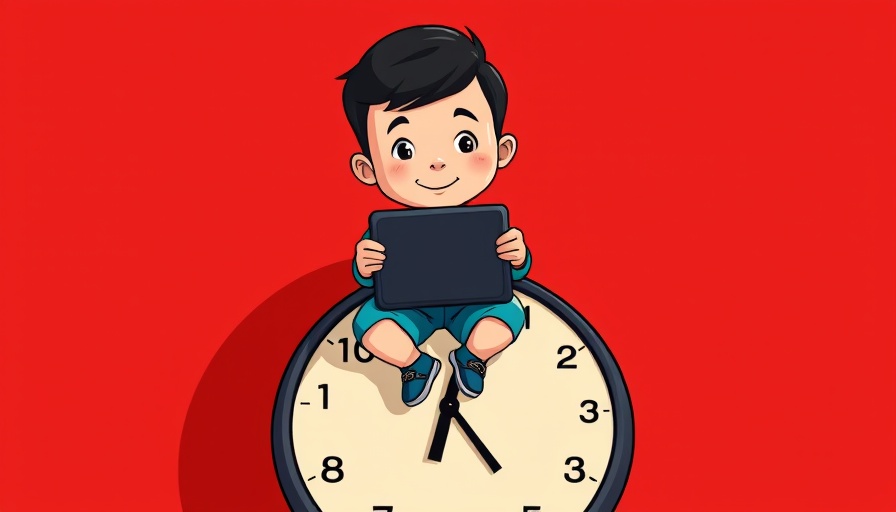
Screen Time: The Complicated Reality for Children's Development
As parents, we often grapple with the challenge of balancing our children's screen time with offline activities. With the rise of technology, our young ones have access to tablets, smartphones, and gaming consoles all while the mental health of their generation remains at the forefront of conversations. Recent discussions have illuminated the complexities surrounding screen time, revealing that it may not be the villain many perceive it to be.
When my youngest child demonstrated an emotional outburst the moment I asked him to put down his father's iPad, it struck me just how deeply our children have integrated these devices into their lives. My experience isn’t unique; many parents notice their children forming strong attachments to screens, leading to concerns regarding their mental well-being. Yet, alarmist views may not fully encapsulate the intricate relationship children have with technology.
Challenging Common Beliefs About Screen Time
For years, screen time has been synonymous with an array of negative outcomes. Reports have linked excessive use to depression, behavioral issues, and sleep deprivation. Neuroscientist Baroness Susan Greenfield has been quoted raising alarming comparisons between screen addiction and the early warnings of climate change. However, recent studies challenge these claims, suggesting that the narrative around screen time might be oversimplified.
Pete Etchells, a psychology professor, leads research efforts indicating that concrete scientific evidence supporting severe outcomes from screen time is lacking. His findings advocate for a nuanced perspective on children’s interactions with screens, indicating that not all screen time should be categorized as detrimental; in fact, some may be beneficial.
Understanding the Positive Potential of Technology
In an age where technology is intrinsic to our daily lives, it’s essential to consider the positive potential screens can have. Engaging educational apps and games can enhance learning and cognitive skills. Kids are not just passive consumers but active creators, using technology to harness their creativity. By navigating platforms that encourage collaboration and critical thinking, children can cultivate valuable skills that serve them well beyond the classroom.
Overcoming Behavioral Challenges with Mindful Screen Time
Through my own experiences, I’ve found implementing mindful screen time can make a world of difference. Here are some strategies that have worked for me and can help other parents:
- Set Boundaries: It’s essential to establish clear time limits for screen usage. Communicating these guidelines can give children a sense of control over their tech habits.
- Encourage Alternative Activities: Introduce device-free times or days filled with creative, outdoor, and social activities. Traditional play can help re-establish balance and provide opportunities for interpersonal connections.
- Explore Together: Include children in the process of choosing their apps and games, discussing both educational value and enjoyment. This collaborative approach can promote responsible use.
Acknowledging Emotional Responses
Changing the screen-time narrative takes patience on both children and parents' parts. For many kids, screens represent not only entertainment but also a way to socialize and explore. They may resist limits, as they feel a strong connection to their devices. It might be helpful to acknowledge their feelings in these moments, showing empathy while gradually redirecting them toward alternatives.
Embracing Healthy Screen Habits in the Long Run
Informed discussions around screen time are essential for helping families navigate this modern challenge. Parents should aim to maintain open dialogues with their children about their experiences online, fostering responsible tech habits that align with healthy mental well-being.
Overall, as parents, we hold the responsibility of guiding our children to strike a balance between screens and the richness of real-world experiences. Embracing technology doesn’t inherently undermine our children's health; rather, it’s about managing it wisely with active participation and understanding.
 Add Row
Add Row  Add
Add 




Write A Comment